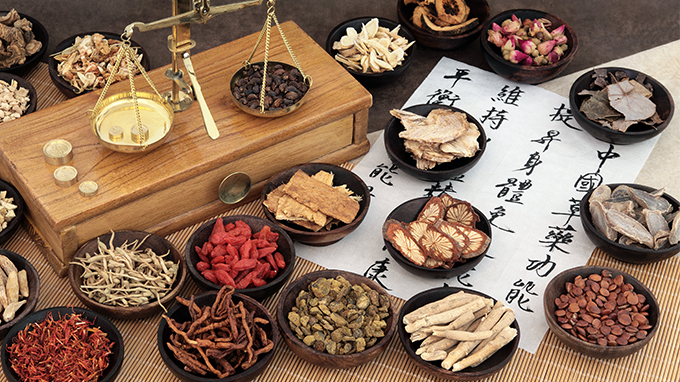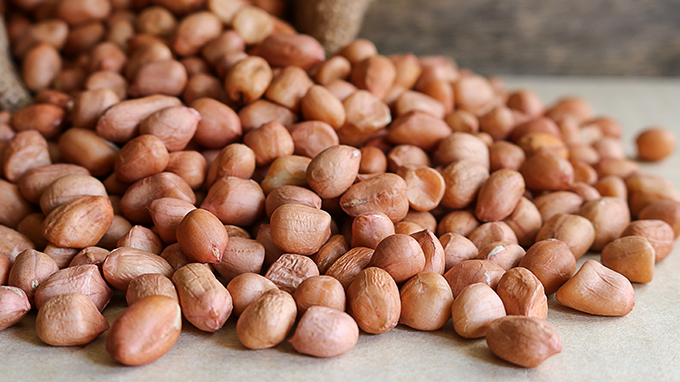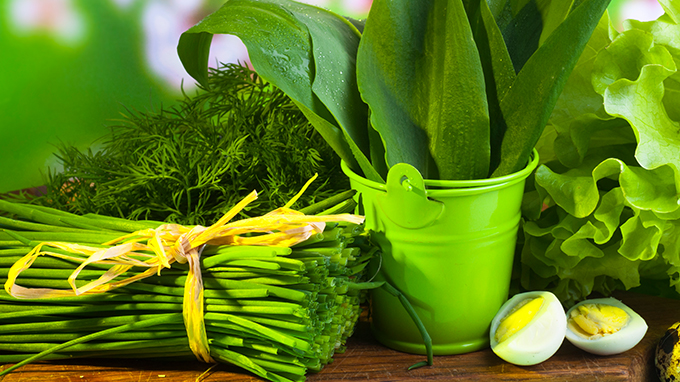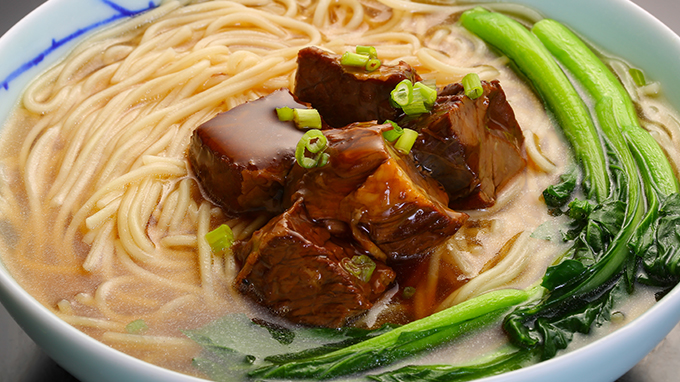What vegetables can't be used for shabu-shabu
Winter is here, everyone likes to sit around and eat hot pot. In winter, it is indeed a good thing to be able to shabu hot pot frequently. If you can mix and match the proportions of various foods in a balanced and appropriate manner, it will be a delicious and nutritious choice. For example: eat the right amount of meat of different species, eat a variety of low-temperature cooking staple foods, add enough vegetables, fungus algae and soy products, etc.

However, it’s not so All kinds of foods can be eaten with some food. Some foods together with meat or soy products will produce a lot of substances with nutritional antagonism, and even affect the health of the body.
These foods are generally mainly plant-based ingredients containing too much oxalic acid, such as spinach, amaranth, bamboo shoots, wild rice, etc. Many people know that foods containing too much oxalic acid are generally blanched by boiling water, because oxalic acid is very soluble in water and combines with the calcium contained in the water to form calcium oxalate. Such boiled spinach, amaranth, bamboo shoots and wild rice can be used to cook various dishes without worrying about the formation of insoluble calcium oxalate or ferric oxalate in the body.
Spinach blanching experiment
In addition to preparing graduated cylinder, beaker, dropper, test tube, funnel and filter paper, calcium chloride was also prepared.
1. Wash 400g of spinach with 1200ml of water and soak for 1 minute, then leave 400ml of water sample for use.
2. Cut 400 grams of spinach into segments and blanch for 1 minute in boiling water (same time as the soaking group). Take 400 ml of water in the pot and set aside.
3. Calcium chloride 5g, clear water 200ml, dissolve into calcium chloride solution in a beaker for use.
4. Filter the two cups of spare water in the soaking group and the blanching water group with a funnel and filter paper respectively, and take 20 ml each into two test tubes.
Fill the calcium chloride solution with a dropper, and drop 28 drops of solution into a test tube filled with washed spinach water. It is difficult to distinguish the visible precipitate, only a small string of small bubbles generated by the drip.
After inhaling a full tube of calcium chloride solution with another dropper, slowly drop it into the water containing filtered and clarified spinach, and only one drop can see the transparent blunt spinach water instantly has obvious suspension Things appear. As the added calcium chloride solution increased, the entire tube of boiled spinach water was completely cloudy and lost visibility.
Although this experiment was not performed under absolute laboratory conditions and may not be accurate enough, there is no compelling evidence for the dissolution of oxalic acid. This experiment also shows that foods rich in oxalic acid can be easily dissolved in water when shabu-shabu, because foods rich in inorganic salts, especially heme iron and calcium, such as beef, mutton and soy products are also likely to be combined. Into some iron oxalate and calcium oxalate which are not easily absorbed by human body.
We don’t drink boiled water from spinach, but many people use boiled water from spinach or amaranth and bamboo shoots to cook noodles and dumplings, and even drink soup and noodles. It''s pretty cool. I don''t know how much it would affect the health of the body if you eat it like this, and this will also become an important cause of gallstones and kidney stones!
Related Articles

- Can I drink tea for pregnancy
- Pregnancy is the most important event in a woman’s life. How to get pregnant smoothly and how to conceive a healthy baby is a problem that every couple and every family are very concerned a
- 2020-08-03

- What are the nutritional characteristics of nuts
- Nuts are one of the small foods that people like very much nowadays. They are rich in nutrients, high in protein, oil, minerals, and vitamins. They have excellent effects on human growth an
- 2020-08-03

- Celery leaves
- It is a habit of many people to eat celery and not to eat leaves. I think the leaves are just scraps. In fact, it is just wrong here. Almost all vegetables with leaves have a common featur
- 2020-08-03

- Is a cookie a nutritious food
- Biscuit is the most common snack food, but if it is said that biscuit is not nutritious, it seems to have aggrieved it. Every food has nutrients, even instant noodles or biscuits.
- 2020-08-03

- How to make a quick nutritious breakfast
- People often say that eating like an emperor for breakfast, like an aristocrat for lunch, and like a beggar for dinner will be healthier. How can I prepare a nutritious breakfast in 15 min
- 2020-08-03

- Can gout drink alcohol?
- Patients with gout should drink more water than wine. Gout diet is stricter, and even exceeds the dietary contraindications of diabetes, hypertension and high blood fat. Strict dietary tabo
- 2020-08-03
